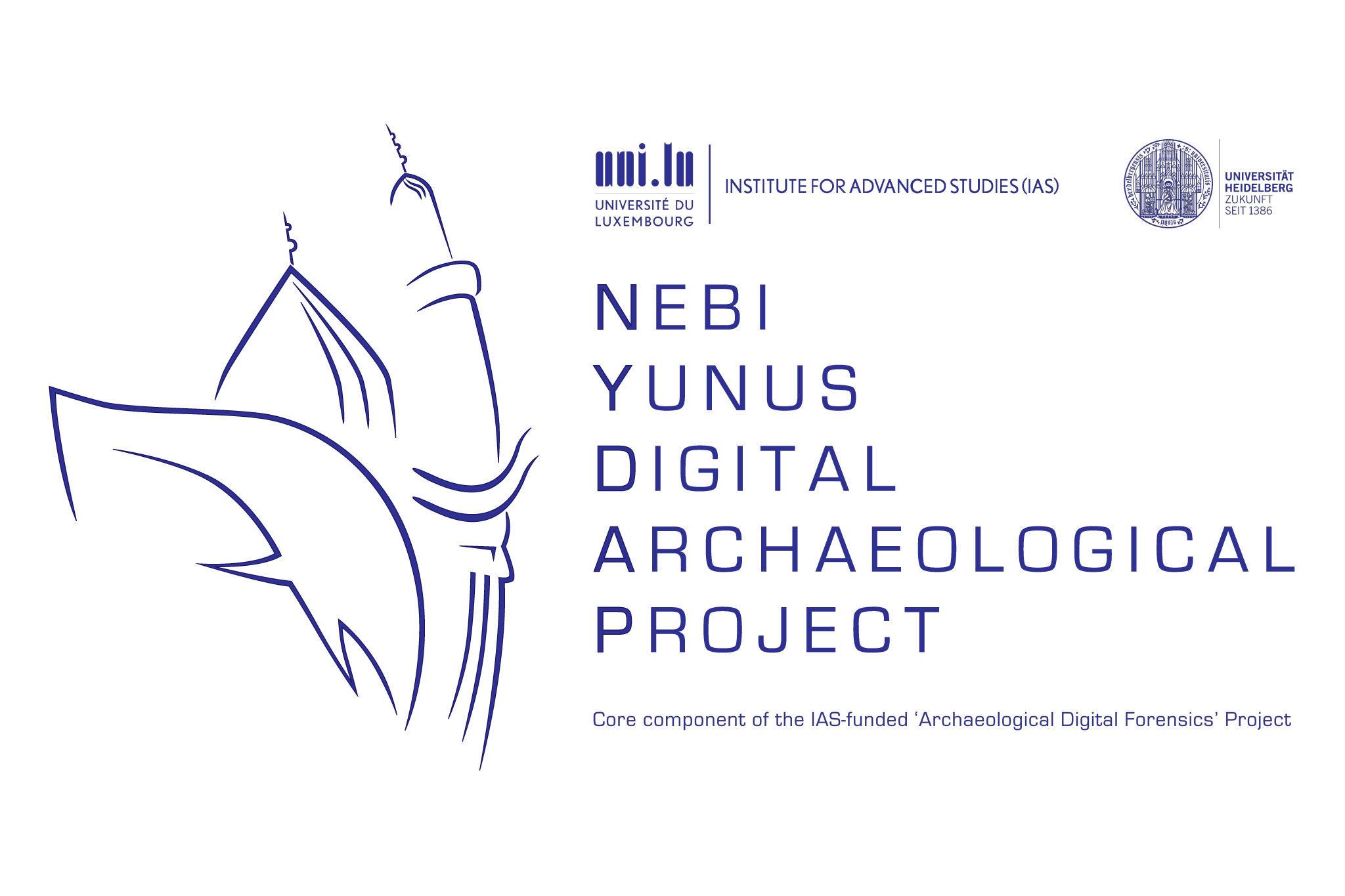Nebi Yunus Digital Archaeological project (NYDAP)
Post-conflict cultural heritage recovery using 3D scanning, virtual 3D reconstruction and finite element method
As core component of the Institute for Advanced Studies (IAS)-funded Archaeological Digital Forensics project of the University of Luxembourg, my PhD research project, the ‘Nebi Yunus Digital Archaeological Project’ (NYDAP), focuses on virtually recovering and investigating the architectural heritage of Tell Nebi Yunus in Mosul, Iraq which was recently severely damaged by the so-called Islamic State.
After the liberation of Mosul, and starting in 2018, I did extensive 3D scanning of Tell Nebi Yunus, or Hill of the Prophet Jonah, to document as much as possible of this cultural heritage site with its at least 2,700-year-long history. The hill was part of the Late Assyrian capital of Nineveh and cuneiform inscriptions by the kings Sennacherib and Esarhaddon describe how they built a large palace on it. During the fall of Nineveh in 612 BC, the palace was burned down and, in the following centuries, it fell into decay. Sometime in the 1st millennium AD, a Christian monastery was built on top of the palace ruins, which, in the Middle Ages, was converted into a Muslim mausoleum containing the tomb of the Biblical and Qur’anic prophet Jonah. In the centuries to come, Arab and Ottoman rulers remodelled the place of worship until Saddam Hussein did a last remodeling of it in the 1980s. When the so-called Islamic State (IS) captured Mosul in 2014, they blew up many ancient tombs they considered unholy according to their belief. This deliberate act of destruction of cultural heritage led the IS to find the remains of the Late Assyrian palace on Tell Nebi Yunus and start a large looting operation which included the digging of hundreds of metres of tunnels under the mausoleum ruin. It remains unknown how many artefacts were looted and sold on the black market, but extensive damage has been done to the Late Assyrian building as well.
The NYDAP campaigns in 2018 and 2019 on site in Mosul, which utilised digital photogrammetry, captured 3D data of the different phases of human activity on Tell Nebi Yunus: 1) the Late Assyrian palace, 2) the Christian monastery, 3) the Ottoman mausoleum. In addition, many drawings, photographs, aerial reconnaissance images, maps, and satellite imagery of the last stages of the mausoleum have been found in various libraries and archives around the world and are now being processed to achieve a 3D virtual reconstruction of this important Iraqi cultural heritage site.
This crucial step allows me to virtually investigate, in a case of cultural continuity, how the Late Assyrian palace had been used as a stable foundation for the monastery and mausoleum respectively and how this site evolved architecturally over the millennia. At the same time, the NYDAP seeks to recover as much as possible of this ideologically destroyed cultural heritage in virtual form and, thus, make it accessible to the public.



